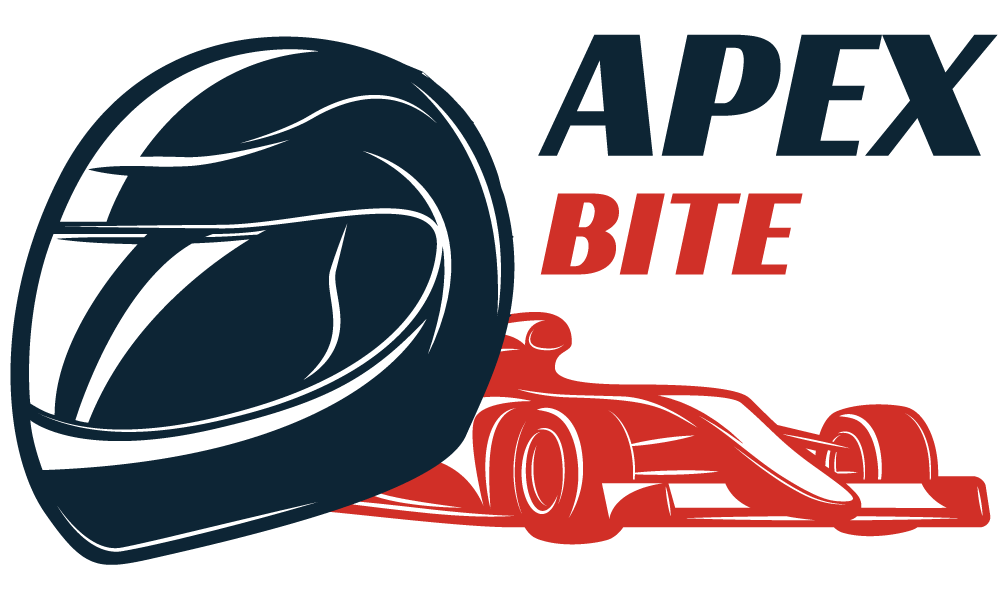How does Qualifying work?
Qualifying determines the starting order of the cars for the race. This takes place on the Grand Prix weekend, usually a day before the race.
The whole idea is simple: the fastest car starts at the front and the slowest at the back. This is determined over a series of timed laps, where drivers aim to set the quickest time they can.
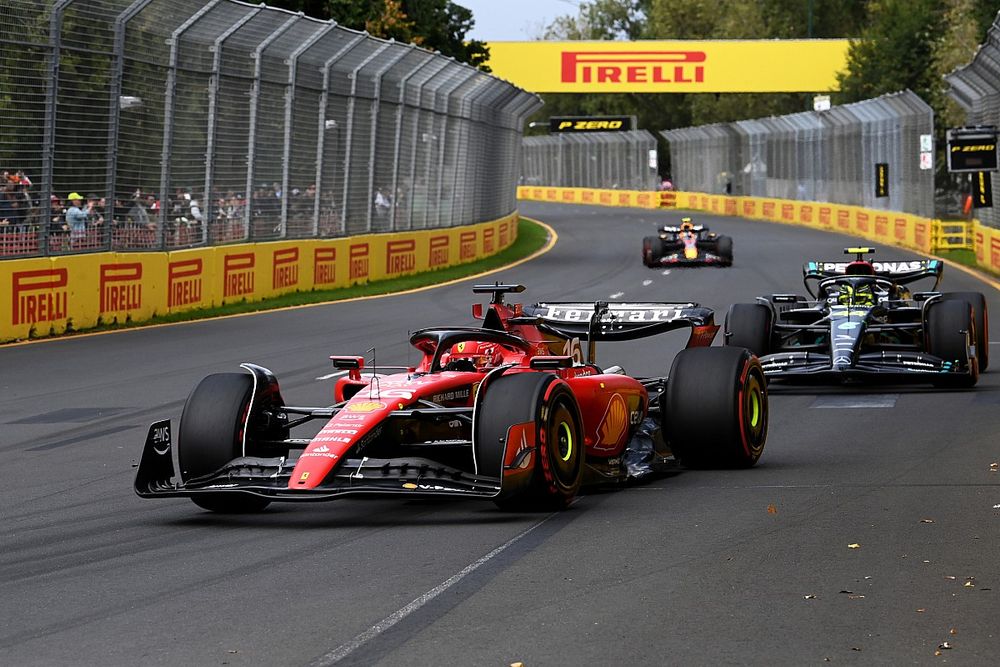
F1 Qualifying rules and exceptions
Standard Qualifying: It’s split into three segments – Q1, Q2, and Q3. After Q1 and Q2, the slowest 5 drivers are eliminated.
Sprint Qualifying: Or sprint shootout is done on Saturday and sets the grid for the sprint race. The sprint race is a shorter race, around 100km, and this year, it’s a standalone event. Check the sprint rules here.
Exceptions: Engines are super important in F1 racing. So, the FIA sets some rules to make sure teams don’t overuse them.
Each driver can only use three engines a season. If they use more, they get penalized:
⚠️ The first time they use an extra engine? Boom, they’re moved 10 places back on the starting grid.
⚠️ Use another extra engine? That’s another 5 places back.
⚠️ If penalties add up to over 15 places they start all the way at the back, no matter what.
So, while drivers can use more than three engines, it’ll cost them in their starting position.
Tire rules in qualifying
Before every race, F1 teams are given specific instructions for their tires: set pressures, max temperatures, and starting pressures. This ensures all teams use their tires safely and consistently.
Remember, F1 tires wear out fast. So, during the race, teams have to strategize – making pit stops for tire changes and picking the best compound for the track.
For qualifying, drivers can pick any tire. But there are rules on using medium and hard tires during the three-stage session.
Here’s a breakdown for the weekend:
👉 Teams get 13 sets of dry-weather tires.
👉 After each Free Practice, the teams have to hand in two sets of tires, leaving only seven for qualifying and the race. Of those two sets, one will be returned for Q3.
👉 F1 teams are free to choose which tires to use in each session of qualifying.
⚠️ Exceptions happened during two GPs this year:
⚪️ Hard tires in the first qualifying session (Q1)
🟡 Medium tires for the second session (Q2)
🔴 Soft tires for the third session (Q3)
Q1, Q2, Q3 explained
Q1: The first segment lasts 18 minutes. All drivers participate, and in the end, the five slowest drivers are eliminated. They’ll fill positions 16-20 on the grid.
Q2: This is a 15-minute session. The 15 remaining cars aim for a top 10 spot to advance to Q3. At the end, positions 11-15 on the grid are set.
Q3: The grand finale! Lasting just 12 minutes, the 10 fastest drivers from Q2 battle it out for pole position. This is where you’ll often see the most thrilling action, as securing a pole can be a game-changer.
👀 Fun fact: In the 2022 F1 season, Max Verstappen made it into Q3 in every single race for Red Bull.
What’s the 107% rule in F1?
It means a driver needs to complete a lap within 107% of the quickest time during qualifying.
If they don’t, they can’t race. Nobody wants a slow car on the track, right?
To get this 107%, you just take the fastest lap time and multiply it by 1.07. Every driver’s lap time has to be faster than this calculated time to race.
Fun fact: This rule started in 1996 and was used until 2002. Then, they took a break from it until 2011. Since then, it’s been in every Formula One race.
Historical moments in F1 qualifying
Over the decades, F1 qualifying has produced many memorable moments. Especially in getting that pole position.
Why it’s important to get Pole: It gives you clean air, less traffic, the ability to control the race’s pace, a psychological boost, and most of the time the best racing line.
While it doesn’t guarantee a win, it’s definitely a great advantage to have in the race. Here are the top 10 drivers with the most pole positions.
Here are the top 3 battles for pole:
Senna’s Monaco Magic (1988): Ayrton Senna out-qualified his teammate Alain Prost by a whopping 1.4 seconds on the streets of Monaco, a feat considered one of the greatest laps in F1 history.
Hakkinen vs. Schumacher (2000): At the 2000 Japanese Grand Prix qualifiers, Ferrari’s Michael Schumacher and McLaren’s Mika Häkkinen went head-to-head.
Throughout the session, they kept outdoing each other. The competition was intense, with lead switches between the two until the very end.
Häkkinen set a stellar time of 1min 35.834sec near the close. Schumacher, with just one chance left, finished his lap 0.009sec faster to snatch the pole.
The race on Sunday was just as thrilling, with Schumacher and Häkkinen pushing their limits. Schumacher clinched the win, securing his third F1 world title.
Hamilton The Underdog (2018): With a record 104 pole positions, deciding Lewis Hamilton’s best one-lap performance isn’t easy.
Some standouts:
👉🏼 His record-breaking lap at Monza with a 164.26mph average.
👉🏼 In Austria, where he beat everyone else by over 1.2 seconds.
But his 2018 Singapore Grand Prix lap is a top contender. He topped all sectors, snatching pole by three-tenths of a second.
